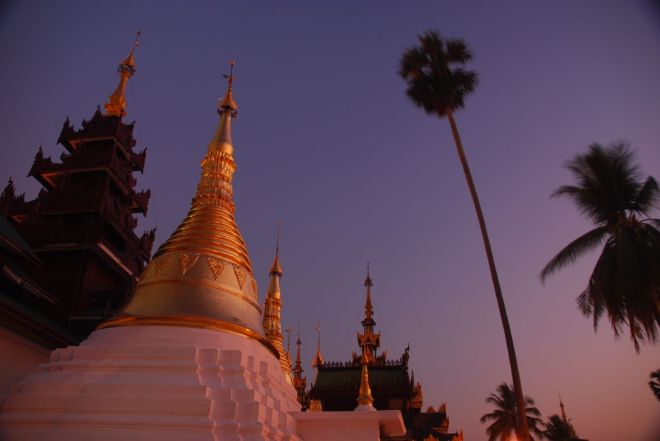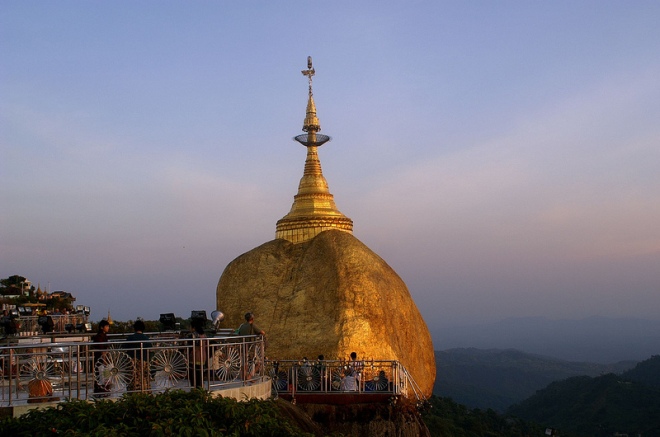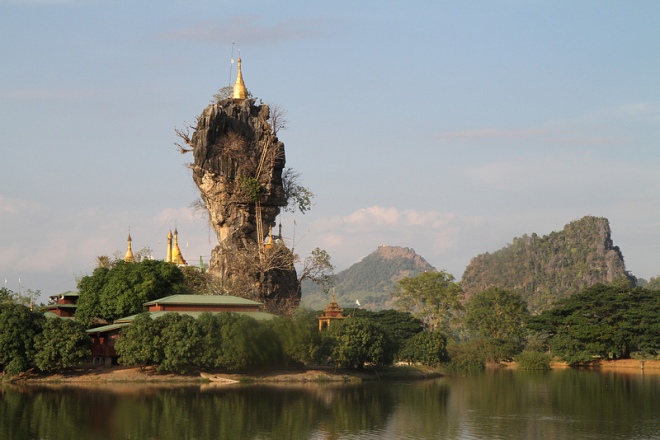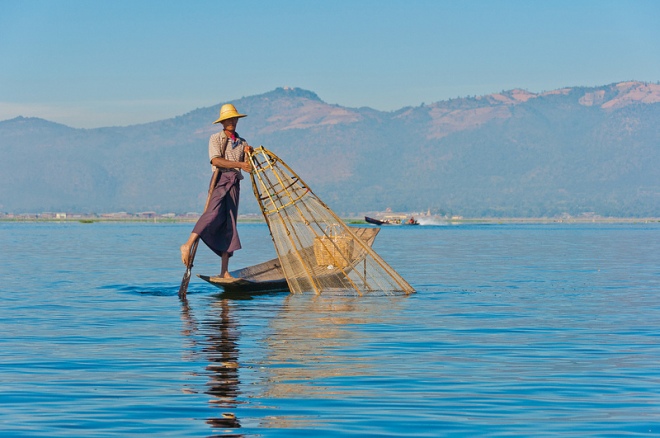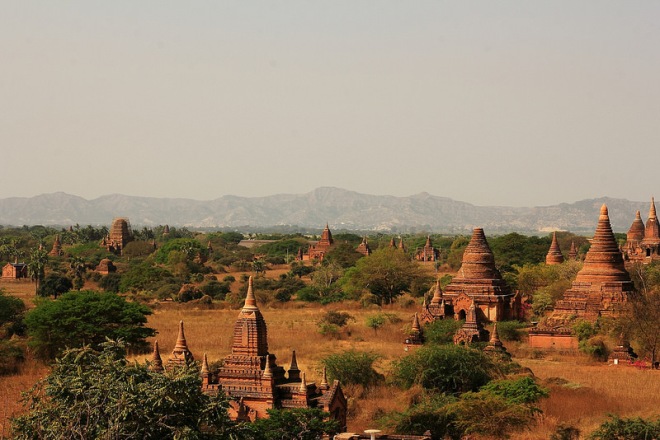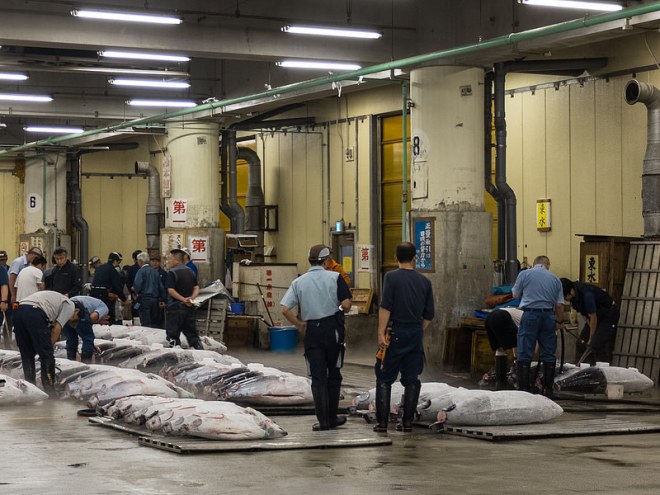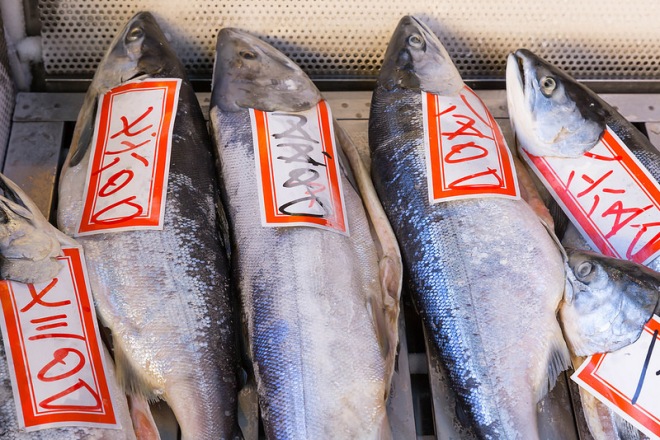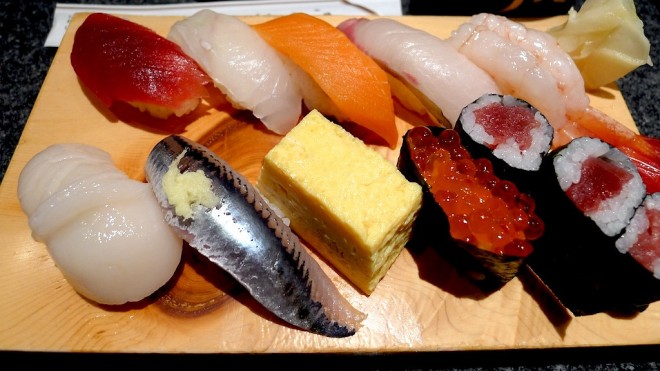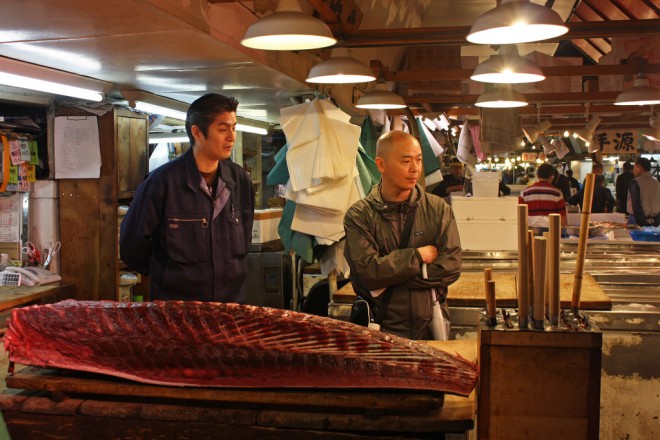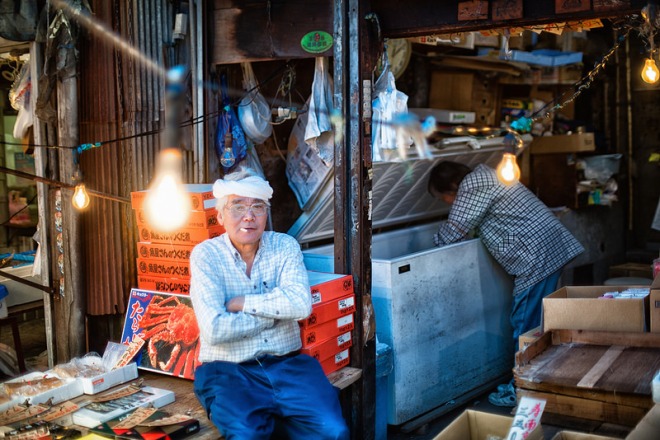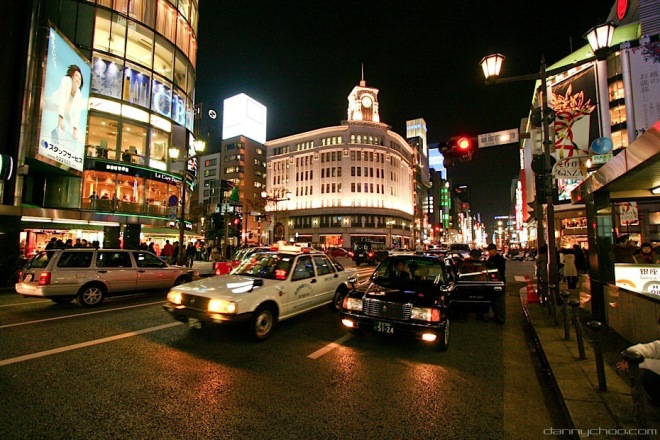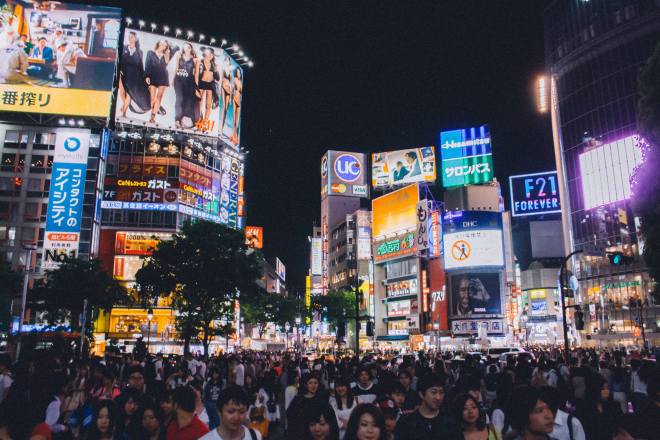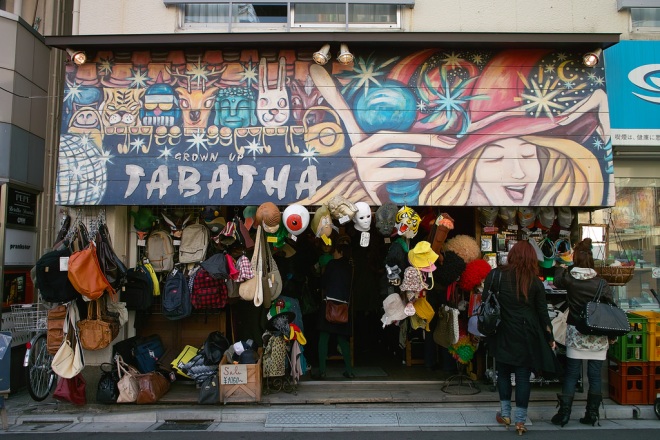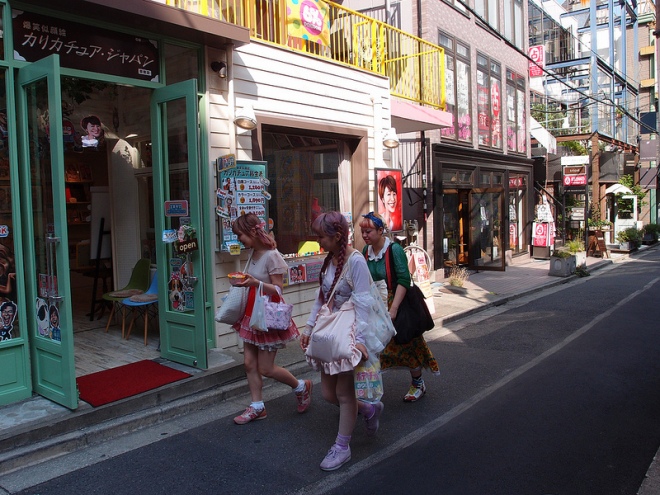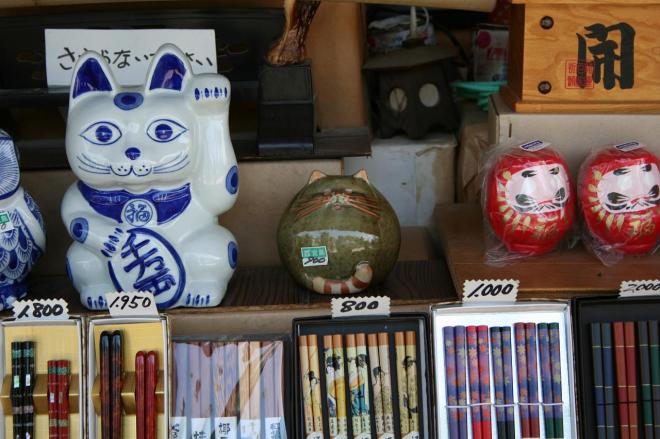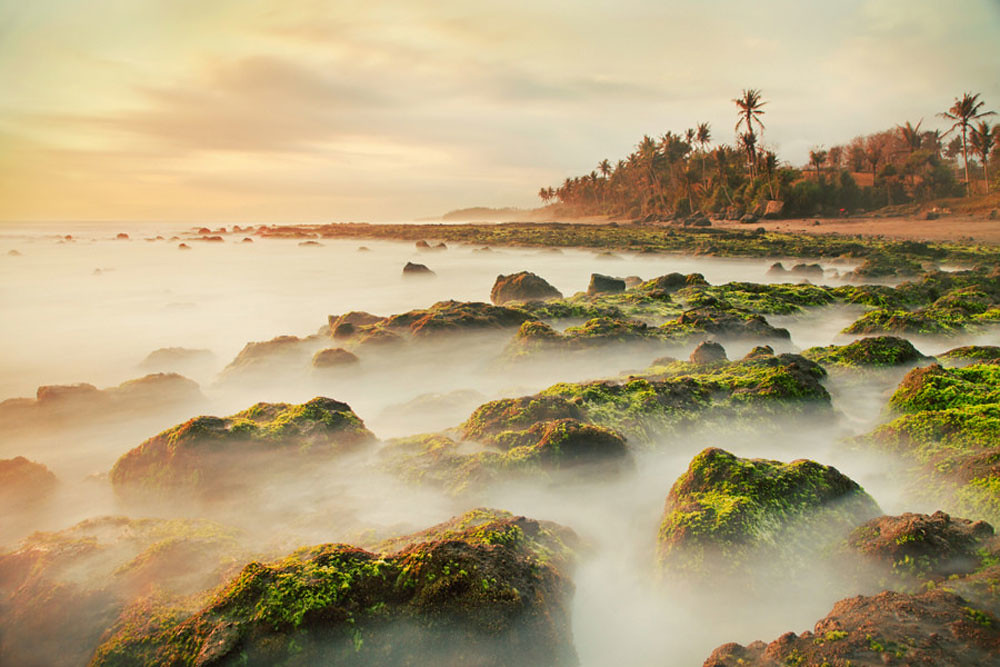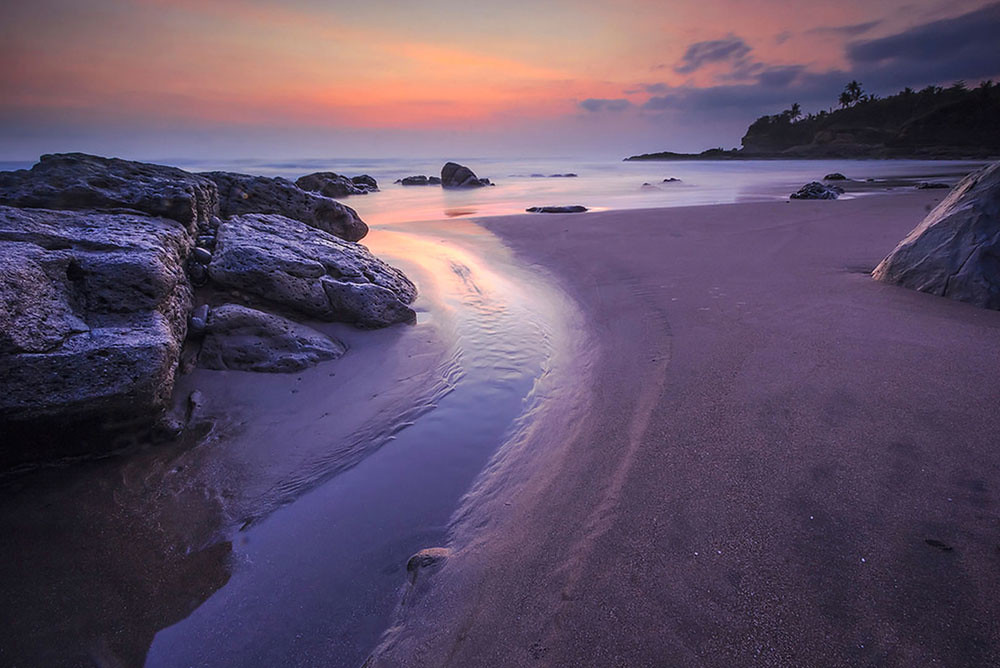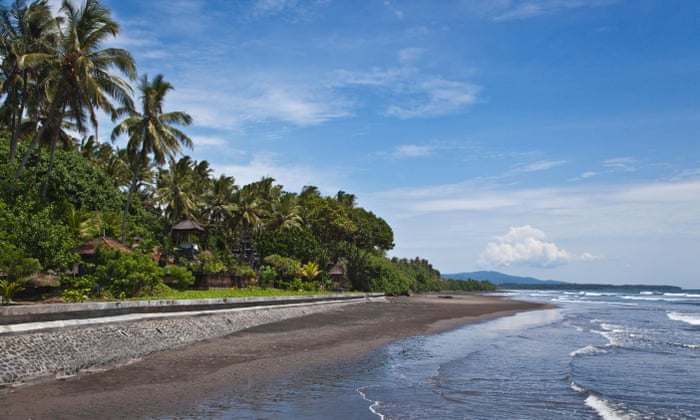Take it from a Singaporean for the past 22 years, there’s just so much to do in this region! Looking for backpacking destinations, undecided on the right location to get a break from the city life or on your student exchange? Grab your passports and get ready!
Southeast Asia has long offered a dazzling combination of activities ranging from cosmopolitan cities to breathtaking scenic places, fascinating ancient sites and not forgetting, beautiful sandy beaches. For those who enjoys backpacking, this is the place for you – Long known as A Backpacker’s Paradise. Most of these places are relatively cheap and fuss-free. Coupled with the tropical weather In the region, there’s nothing much to worry about when you’re packing! – “Travel Light ‘n’ Easy” they said.
Be it your first or couple of times traveling within the region, rest assure that these 10 unmissable locations will definitely will not leave you disappointed! Plus, the relative costs of travelling to these countries are the last thing you should be worried about.
1. Angkor Wat, Cambodia

Here’s a fun fact – literally translated “City of Temple”, it is the name of the main temple in the entire temple complex. Angkor Wat, home to one of the world’s largest temple complexes in the world built by King Suryavarman II, is located in the once Capital of the Khmer Empire. It was originally built as a Hindu Temple dedicated to god Vishnu, but was later converted into a Buddhist Temple. It has also became a symbol of its country where it appears in its National Flag.
This massive structure definitely surpasses any other monuments of its kind. With overgrown trees taking over, it is not surprising that it reminds you of Indiana Jones, the movie. Most importantly, the details of carvings are breathtaking and not to be missed. Charter an affordable private car with your mates and be sure to check watching the sunrise at Angkor Wat off your bucket list.
Languages Spoken: Khmer, English. Limited French in certain areas
Currency: Riel, USD
2. Bromo-Tengger-Semeru National Park, Indonesia

What comes to mind whenever you think of Indonesia? Let me guess… Bali? For that same instagrammable photo, or even better, this park has is all – sunrise with sunrays filtered through the vast clouds, located in the centre of East Java and titled The Largest Volcano Region.
As you can tell from its name, it consists of 3 main attractions – Mount Bromo, Mount Semeru and Tenggar Caldera, where both Volcanos are active to-date. Most can’t differentiate them apart so here’s the trick: Mount Semeru erupts periodically, at times with ashes and stones interspersed with smoke, while Mount Bromo has a blown off top. Tenggar Caldera is Java’s largest desert-like sea of sand. Ride a horse to the other end of the desert where Mount Bromo lies, and be sure to catch the sunrise from behind the horizon.
Fun fact: A ceremony called Yadnya Kasada is held on 14th day of the Kasada month in the Traditional Hindu calendar, consists of tossing offerings into the crater of Mount Bromo as a gratitude for agriculture and livestock abundance. These offerings include vegetables, fruits, livestock, to money.
Languages Spoken: Bahasa Indonesia, English
Currency: Rupiah
3. Luang Prabang, Laos

Designated a UNESCO World Heritage Site, this tiny, ancient town encircled by mountains and arguably Southeast Asia’s most beautiful spot, is the Former royal capital of Laos situated on the banks of the Mekong River. Just imagine, the sights of European architecture (left behind by the French Colonials), traditional Laotian wooden houses and monks walking the streets at dawn collecting alms. Do not expect to be offered a whole basket of activities on a platter unlike Thailand, however the authenticity of having an off-the-grid adventure wins hands down.
Kuang Si Waterfall is arguably the most beautiful natural setting in Laos, with pools containing a preternatural aqua-turquoise-jade shade. Haven’t tried climbing a waterfall before? Here’s your chance! Climb Mount Phousi of 300 steps to a spectacular view, visit the local morning and night markets, take a boat trip along Mekong River and enjoy the stunning views, and discover Pak Ou Cave, waterfalls or even visit the local villages and immerse in the culture.
Languages Spoken: Laotian, English, Limited French
Currency: Lao Kip, USD
4. Batad Rice Terraces, Banaue, Ifugao, Philippines

Possibly the “8th Wonder of the World”, these rice terraces are also designated a UNESCO World Heritage Site, in Northern Luzon. Covering an area of approximately 400 square kilometres, studies have also showed that it took 2,000 years to build these rice terraces. Looking for a long winding road trip? This is the place – a minimum of 9 hours to get to Banaue from Manilla by road.
Fun fact: the rice terraces do not remain a vibrant shade of green throughout the year; there are several periods where they are the greenest. Arguably, the best time to visit to see the greenest land fields will be either from March to June or October to November. Avoid the monsoon season from July to August as the terraces will be barren muddy pools.
Languages Spoken: Ifugao, English
Currency: Peso
5. Krabi, Thailand

Perfect for short getaways, one of the best things to do here are island hopping, snorkelling, and visiting Ao Nang, a popular resort town in Krabi, Southern Thailand.
The Krabi Four Islands is a popular island-hopping tour that consists of visiting Turtle Island (Poda), Chicken Island (Koh Kai), Tup Island (Koh Tup), Mor Island (Koh Mor). Witness the magical phenomenon where an amazing bridge known as “Talay Waek”, meaning “The Sea Divides”, between Chicken Island and Tub/Mor Island emerges during low tide, connecting the two islands. Catch the best view of a sunset; the skies turning into a canvas painted with hues of tinted orange and pink blended together.
Phi Phi island and Thung Teo Forest Natural Park are other outstanding natural beauties known for its turquoise, clear waters – The Perfect Escape. End your day with a self-deserving relaxing massage to complete the experience.
Languages Spoken: Thai, English
Currency: Thai Baht
6. Sa pa, Vietnam

Sa pa is known to have breath-taking views, home to backpackers and the heart of adventurous souls. From climbing Mount Fan Si Pan, exploring caves to having home-stays in villages, this place has it all; you name it.
Mount Fan Si Pan, also known as “Roof of IndoChina”, is the highest mountain of Indochina, and it is estimated to take 3 days to reach the summit. Sa pa town is surprisingly modern beyond expectations – offering local street food and their all-time-famous Vietnamese drip coffee, coupled with a handful of 3 Star Hotels.
Discover Silver (Thac Bac) and Love waterfalls, Fairy Cave and Coc San Cave. Head over to Muong Hoa Valley that lies at the bottom of Fan Si Pan and admire the magnificent sight of the rice fields. To get a panorama view, head to Sky Gate (Tram Ton), and that’s where you’ll catch a spectacular view of the green rice field, roads and the Silver Falls combined all-in-one.
Languages Spoken: Vietnamese, English
Currency: Vietnamese Dong
7. Bagan, Myanmar

As a rather new backpacker spot in the South-East Asia due to government reforms in 2012, it was rather difficult to travel to Myanmar (previously Burma) but it has been opening up rapidly over the years, attracting tourists to this beautiful ancient city rich in culture and heritage. With a distinctive corn-cob shaped stupa covered in gold, Ananda Temple is the most well-known, and is one of the highest architectural accomplishments in Bagan. Cycling is the most popular mode of transport, but consider chartering a private car or get a cab if you can’t take the heat and dust.
Watching balloons rise over temples during sunrise is a whole new magical experience, and for a majority, it falls into the category of “The Best Things I’ve Done In My Life”. Get a Hot Air Balloon Ride and rise into the clouds! If you are heading in November, Catch the Taunggyi Fire Balloon Festival yearly festival (Hot Air Balloon Festival), a week before the new moon of November. There will be a huge fair with food, amusement rides and performances set up outside the town of Taunggyi!
Languages Spoken: Burmese, Limited English
Currency: Burmese Kyat
8. Bangkok, Thailand 
A Hot Favourite Spot for backpackers and leisure travellers, Bangkok has EVERYTHING you need, all in one place. From shopping, nightlife, street food, morning and night markets, to relaxing massages to end the day from all the walking and exploration, PLUS the extremely cheap and affordable prices, this is one all-time-favourite City. If you are a Muay Thai fan, you’ll love Bangkok even more – the weekly Muay Thai Live Show at Asiatique Bangkok. Roam The Grand Palace, explore Wat Pho and be awed by the statue of the Giant Buddha painted entirely in gold!
In the recent years, cafés have taken Bangkok by storm. Right here in Bangkok, the heart of Thailand lies a popular Husky Café, True Love. Topping the Must-Go-Market List, the famous Chaktuchak Morning Weekend Market, Rod Fai Night Market and not forgetting, floating markets, cover an extensive area which will take up a couple of hours. From clothes, toys, animal pets to food, you’ll be really astonished. With tons of rooftop bars, ladyboys and cabaret shows (they’re famous for that), after-dark shopping experience, night clubs, Bangkok never really sleeps, does it?
Languages Spoken: Thai, English
Currency: Thai Baht
9. Penang, Malaysia

Well-known for its culinary food scene, Penang’s Street Food encompasses of a mixture of Chinese, Malay and Indian Food all whipped up in a matter of a few minutes at the hawker roadside shops. Stroll down the streets of Georgetown, a UNESCO’s World Heritage Site lising, and experience the unique charms and sights of the Historical Colonial past.
Jump into a trishaw for a complete Penang experience, enjoy the unpolluted, cool air in the tropical heat of Georgetown from the top of Penang Hill to enjoy a panoramic view of Georgetown, Mainland, Penang bridge and the Straits of Malacca. There are a couple of streets around town that have artistic graffiti walls similar to Trick Eye Museum, providing 3-Dimensional artwork for interactive optical illusions, so do keep a lookout for those shots!
Languages Spoken: Bahasa Malaysia, English
Currency: Ringgit
10. Ha Long Bay, Vietnam

Ha Long Bay is one with an exceptional scenic beauty, and is without a doubt, one of the most beautiful places in Southeast Asia. Ha Long Bay translates into “The Bay of Descending Dragons”, as the bay features around 2,000 giant limestones islets in several various sizes and shapes.
Hop onto a cruise, have some drinks on deck, have a cool swim in the turquoise waters; There is no better way to spend a few days cruising amongst these limestone formations, landing on islands for further exploration. Try spontaneously free climbing up the rocks to get a magnificent view, and if time permits, especially for backpackers, do venture out to the outlying islands or provinces where there is more to be explored, and with the lesser crowd you can truly soak up the experience and beauty of this country.
Languages Spoken: Vietnamese, English
Currency: Vietnamese Dong, USD
With all these Southeast Asia destinations listed that are perfect for short getaways during the long weekends or term breaks, it’s time to book your flights and prep for the exciting trip!
Spread the love and share this article with your fellow backpackers or those who wish to travel in the region!
For more travel experience promotions, follow KKday on Facebook and Instagram.
Featured image: Jon Flobrant
Jon Flobrant
























